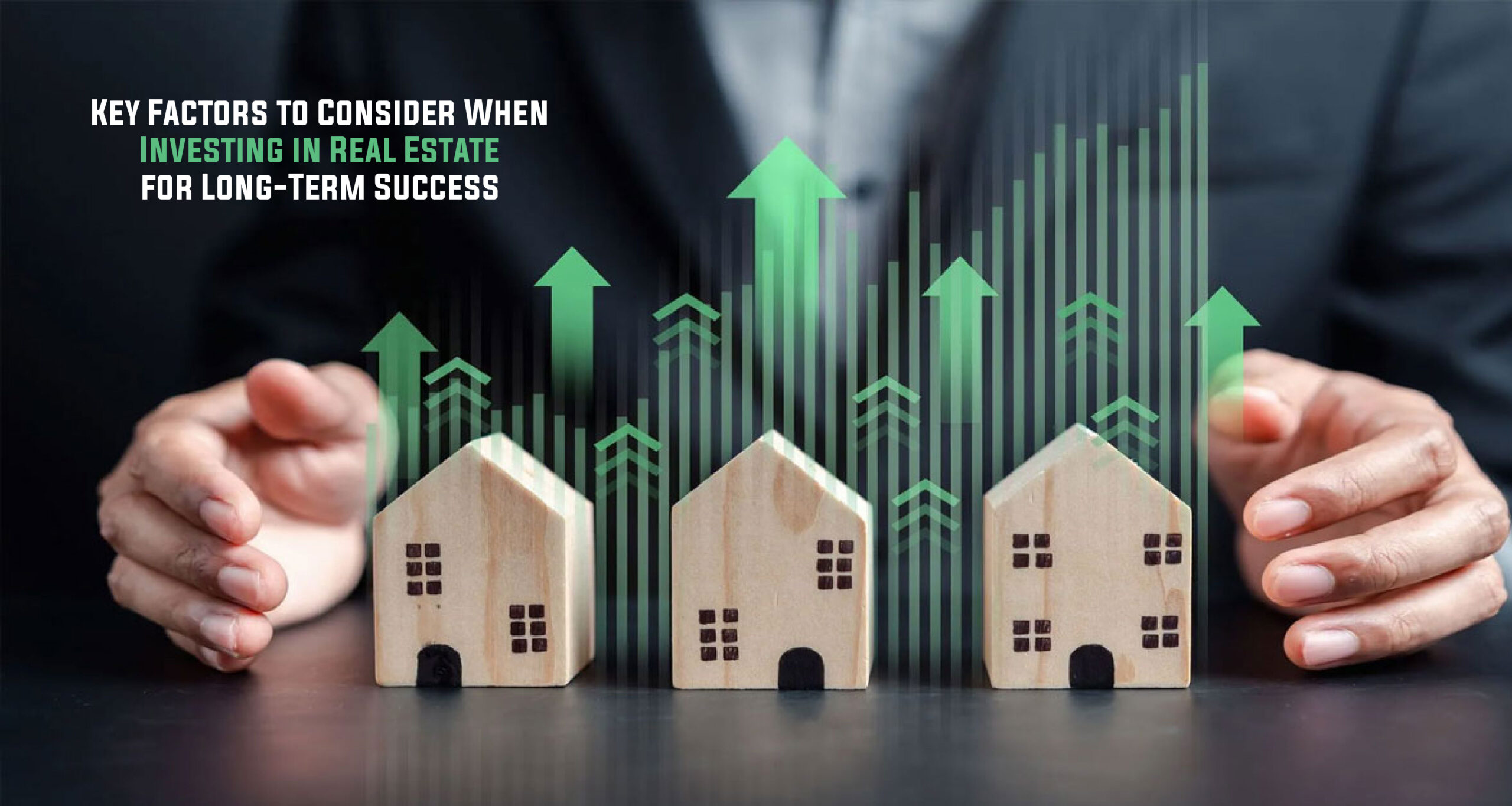Real estate is often seen as a safe bet for building wealth, but the road to success is filled with important choices. Each decision can significantly impact the long-term value of your investment.
By knowing what to focus on right from the start, you can avoid common mistakes and make sure your property increases in value over time.
In this article, we’ll walk you through some key factors to think about before your next real estate investment. We’ll cover everything from picking the right location to understanding market trends and mastering financing.
Let’s dive in and make your next investment a winning one!
Factor 1: Location
When it comes to real estate, location is everything. Where your property is located will directly affect its value and future growth. A good location can turn an average property into a great investment. Meanwhile, a bad one can limit your returns, no matter how nice the property is.
Start by considering the type of property you’re investing in—residential or commercial. If you’re looking at residential properties, research areas with good schools, low crime rates, and easy access to transportation. Families and individuals seek neighborhoods that offer convenience, safety, and community.
For commercial properties, target high-traffic areas with strong local economies. They should be accessible to major roads or business hubs. Businesses thrive in areas with steady demand and visibility. Don’t forget to check the overall vibe and safety of the area.
Factor 2: Market Trends and Timing
Understanding market trends is key to making smart investments. The real estate market is always changing, and timing your purchase right can make a huge difference. Research current market conditions. Is the market favoring buyers or sellers?
In a buyer’s market, prices tend to be lower, giving you a chance to get a better deal. In a seller’s market, demand is high, and property prices go up. This may not be the best time to invest if you’re looking for bargains.
Pay attention to interest rates, too. Lower interest rates make borrowing more affordable, which can boost your purchasing power. Also, keep an eye on economic factors like employment rates, population growth, and inflation. These can all impact property demand and value.
Factor 3: Property Development
Once you’ve chosen the right location and analyzed market trends, the next step is developing the property. Before starting construction, having a well-thought-out development plan is essential. Without one, even a property in a prime location may not reach its full potential.
This is where real estate developers come in. They play a critical role by helping you plan, design, and build a property that aligns with market demands and attracts the right tenants. They have expertise in identifying features that boost a property’s value and make it appealing in the market.
They also use technology to streamline complex processes, making everything run smoother. By using tools that connect architects, contractors, and other experts, they eliminate inefficiencies that often slow down projects.
Factor 4: Management
Management is just as important as development. Even the best-built property will lose value if not properly maintained. Regular upkeep, quick responses to tenants, and smart upgrades can keep your property profitable and in demand. Managing it on your own, however, can be overwhelming.
But worry not. Some development teams offer comprehensive services that include property management. This provides a seamless transition from construction to ongoing care. They handle everything from ongoing maintenance and vendor management to legal, accounting, and security issues.
With professional management, you can reduce vacancies and attract quality tenants. This will ensure a steady cash flow. This protects your investment, helping it grow in value over time and giving you peace of mind as an investor.
Factor 5: Financing and Cash Flow Management
Financing is a key part of any real estate investment. How you structure your finances can make or break your investment’s success. Securing the right type of loan with favorable terms will impact your cash flow, profitability, and overall financial health.
Explore different financing options, like traditional mortgages, hard money loans, or even partnerships. Each option has its pros and cons, depending on your investment goals. Cash flow management is equally important. You need to ensure that the income generated from the property covers your expenses.
This includes mortgage payments, maintenance costs, taxes, and insurance. Finally, always have a cushion for unexpected expenses. The market can be unpredictable. Having extra funds can help you handle emergencies without disrupting your cash flow.
To Sum Up
In real estate, success comes from making informed decisions. Focus on location, market trends, development, management, and smart financing. Doing so will set your investment up for long-term growth. Keep these factors in mind, and your next investment could be your best one yet!

